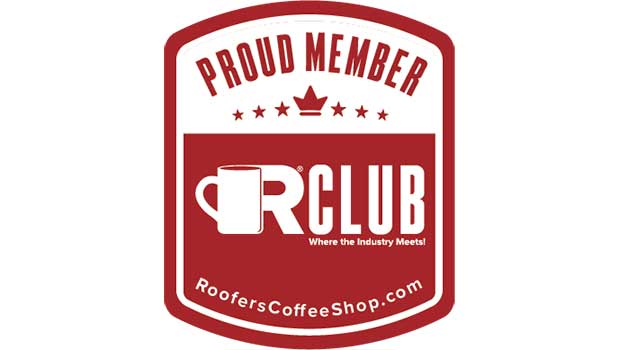With temperatures plummeting, it’s crucial to understand how the cold weather can significantly impact the integrity and longevity of your roof. Many homeowners may not realize the extent to which the winter season can stress their roofing systems, potentially leading to severe damage if not properly addressed. In this blog post, professional roof repair and replacement company Fields Roof Service, Inc. explains several critical aspects that highlight how cold weather can adversely affect your roof.

Expansion and Contraction
One of the fundamental issues caused by cold weather is the natural expansion and contraction of roofing materials. As temperatures drop, materials like asphalt shingles, metal panels, and even the underlying decking can contract, creating gaps and weakening the structural integrity of the roof. This continuous cycle of freezing and thawing not only puts stress on the materials but can also lead to cracks, particularly in older roofs. It’s essential to ensure your roofing materials are designed to withstand these changes without compromising their durability.
Ice Dams Formation
Ice dams are a common concern for many homeowners in colder climates. These occur when heat from inside the home escapes to the roof, causing snow to melt and then refreeze at the roof’s edge, forming a dam of ice that prevents proper drainage. This can lead to water backing up under the shingles, causing leaks and water damage to the interior of your home. Proper attic insulation and ventilation are critical to minimize the risk of ice dam formation, ensuring that your roof remains dry and damage-free throughout the winter months.
Weight of Snow and Ice
The weight of accumulating snow and ice on your roof can pose a significant risk, particularly for older or weakened structures. Heavy snowfall can stress the roofing system, leading to potential sagging, structural damage, or even collapse if the weight exceeds the roof’s load-bearing capacity. As a professional roof service company, we recommend regularly monitoring and removing excess snow and ice to prevent these issues, ensuring the safety and integrity of your home.
Condensation Issues
Condensation is another challenge faced by roofs during cold weather. When warm air from inside the home meets the cold surface of the attic or roof, condensation can form, potentially leading to mold, mildew, and rot. These issues not only compromise the structural integrity of the roof but can also affect indoor air quality and the health of the occupants. Proper ventilation and insulation are key to preventing condensation, maintaining the health of your roof, and ensuring a comfortable living environment.
Flashing Leaks
The cold weather can also exacerbate issues with roof flashing, the materials used to seal transitions on a roof such as around chimneys, vents, and at the intersections of roof planes. The contraction and expansion of materials can cause flashing to pull away or crack, leading to leaks and water damage. Regular inspections and maintenance are crucial to identifying and addressing flashing issues before they lead to significant damage, especially in the wet and freezing conditions commonly experienced in Kent, WA.
Talk to Our Professional Roofers
Understanding the complexities of how cold weather affects your roof is essential for maintaining a safe and healthy home. Taking proactive measures such as conducting regular inspections, ensuring adequate insulation and ventilation, and promptly clearing snow and ice can make a significant difference in mitigating these winter weather challenges.
As the go-to residential and commercial roof service contractor in Kent, WA, and the surrounding areas, Fields Roof Service, Inc. is ready to assess and address any concerns with your roofing system, ensuring your home remains protected regardless of the season. You can reach us today at (253) 852-4974 or fill out our convenient online form to get a roof quote.




















